5 Most Effective Ways to Treat the Soil for Snail Farming [With Video]
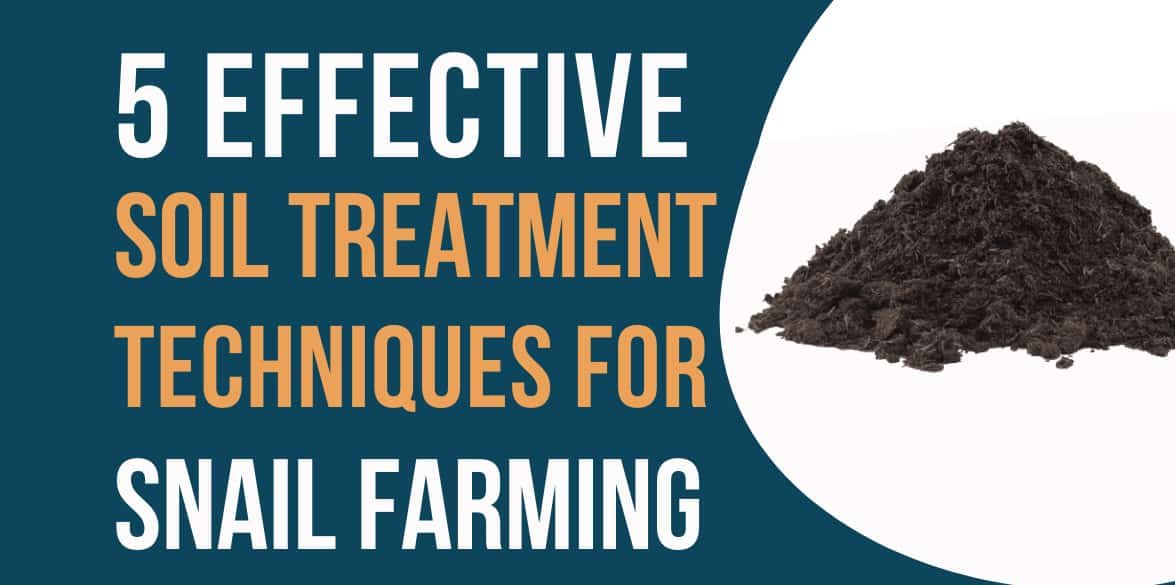
As a snail farmer, you probably already know how important it is to treat the soil for snail farming. Even if you are new to snail farming, soil treatment is fundamental to the success of your snail farm. That is because snails live in the soil and you need soil in your snail housing construction.
If you don’t treat the soil properly before stocking the snails, you may expose the snails to several pest attacks. As more insects attack your snails, you will continue to count losses in your snail farm.
So, in this article, I will be showing you how to choose the best type of soil for snail farming. In addition, you will learn the reasons why you need to treat the soil in your snail farm regularly.
Also, I will be exposing you to the five (5) most effective methods of treating soil for snail farming.
Most of the methods I will be showing are easy to do and will cost you close to nothing to treat the soil in your snail farm.
Before you go to the different methods of treating the soil in your snail farm, here are some reasons to do so.
Why do I need to treat the soil for snail farming?
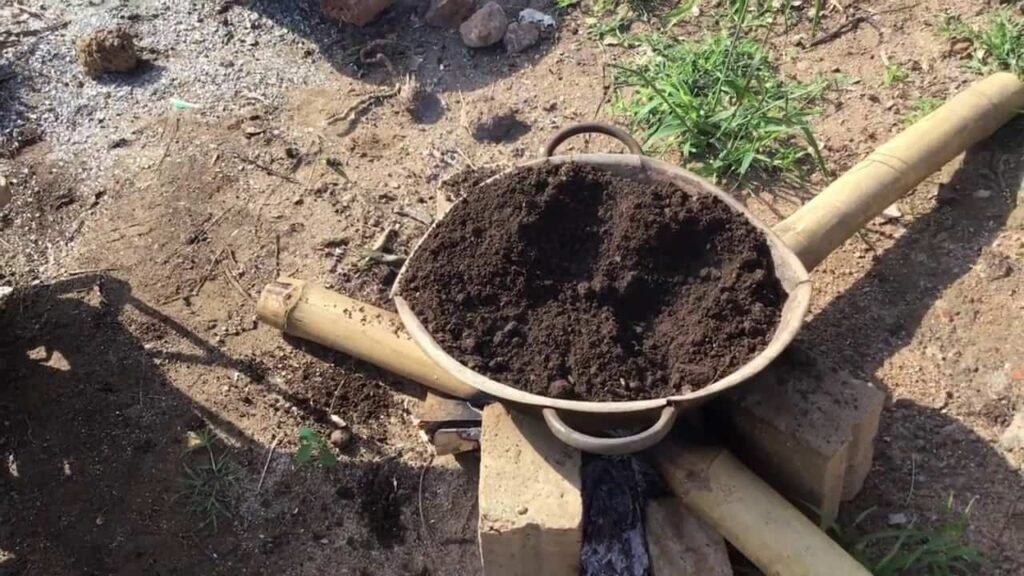
As you already know, soil is an important factor in snail farming. Snails carry out a lot of their daily activities on the soil. They feed and sap most of the water they need from the soil. Snails also lay their eggs in the soil and they dig into the soil to rest during the dry season. With all of these activities, you can already see how vital the soil is to them.
But there is a huge problem with having soils in your snail farm. The soil is also a fertile medium where harmful organisms; insects and pests thrive in. When you allow these organisms to thrive, they attack your snails and ultimately kill them. Hence, the need to treat your soil to get rid of those harmful organisms.
Benefits of treating the soil for snail rearing
- It keeps the soil free of harmful insects such as ants, bugs, centipedes, termites, etc.
- Also, treating the soil helps to protect the snails from germs and infectious diseases.
- This is vital because there is no known treatment for snails when they are sick or infected with a disease.
- Treating the soil ensures the healthy growth of snails.
- Snails need a toxic-free environment to be able to lay more eggs.
- When you treat the soil in your snail farm, you reduce management costs and increase profit.
- Proper soil treatment reduces mortality in snail farming.
- Regular soil treatment also ensures that your farm is clean and hygienic all the time.
Now that you know how important the soil is in snail farming, let’s also see how to select the best soil for snail farming.
How to choose good soil for snail farming
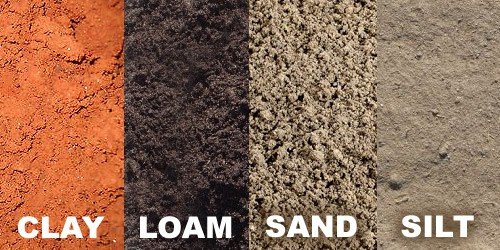
When choosing the soil for snail farming, you need to consider what’s best for the snails. Generally, snails don’t like to stay in waterlogged areas. As a result, clay soil is not a good recommendation. This is because clay soil becomes waterlogged in the rainy season or when you water the snail farm. On the other extreme, the soil dries up and becomes compacted in the dry season. Therefore, making it almost impossible for your snails to dig into the soil.
If you are considering sandy soil, then that would be another bad decision. That’s because the soil has a low water-holding capacity. Therefore, the soil cannot hold enough water for your snails which is a big problem in snail farming.
Some farmers opt for sandy-loamy soil, which is still good. Sandy loam is a mixture of silt, sand, and clay but has more sand proportion in it.
What is the best soil for snail farming?
The best type of soil for snail farming is Loamy Soil. This is because loamy soil contains more decayed organic matter than other types of soil. The organic matter in loam soil enhances the growth of the snails as they retain some helpful nutrients.
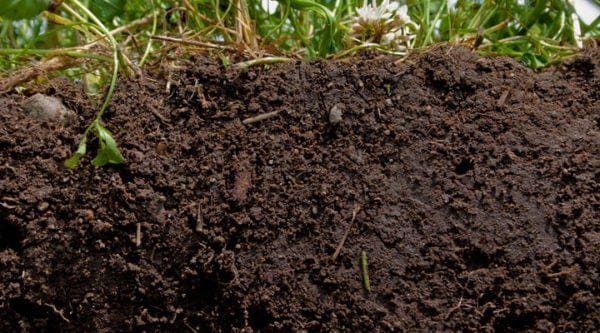
Some Characteristics of Loam soil that make it the best soil for snail farming
Loamy soil is the best soil for snail farming because it has good characteristics that are fit for snail development.
- The amount of sand in loam gives it the ability to drain well.
- At the same time, loam soil holds water better than sandy soil types because of the level of clay particles.
- Loamy soil better absorbs rich nutrients like calcium which is very good for snails.
- Because loamy soil is not too compact, it is easy for snails to lay eggs in the ground.
- The loam soil is not acidic which can otherwise be harmful to snails.
Generally, loam soil provides a good environment for snails to thrive. So, when selecting the soil for your snail farm, you should look out for these characteristics.
To easily identify good loam soil for snail farming, look out for any loamy soil that supports the growth of tomatoes, cocoyam, and leafy vegetables. These plants grow well on loamy soil.
But it is not just enough to just get some loamy soil from a garden near you and put it in your pen. It will be disastrous if you do that and immediately introduce your snails to it. This is why you need to there the soil to kill all harmful organisms it holds.
What are the different methods of soil treatment for snail farming?
Using these 5 soil treatment tips will kill off all the living organisms in the soil before you introduce them to your snail pen. Some of the methods may take a lot of time while others may just be easy. The goal is to ensure you treat the soil properly, kill all germs and provide your snails will pest-free soil.
Here are the different methods you can use to treat the soil for snail farming.
1. The use of organic pesticides that decompose in the soil
The first method I recommend for treating the soil for snail farming is the use of organic pesticides. We are choosing organic pesticides because they decompose in the soil very easily. A very good example of an organic pesticide is neem oil or neem tea. It is also known as ‘dogonyaro’ in the Nigerian Hausa language.
If you use chemical pesticides, it may hurt the snails or even kill them eventually.
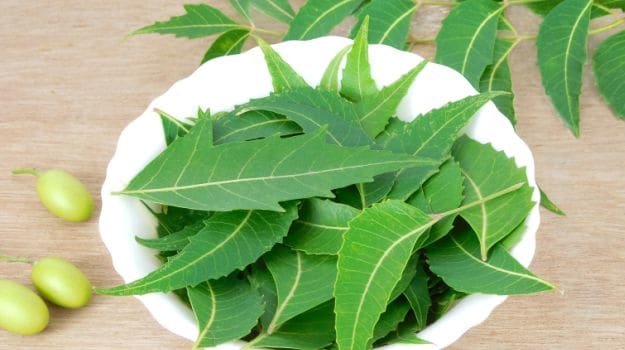
How to treat soil with organic pesticide for snail farming
- First, find a good location to collect good loam soil.
- Using a shovel or any other appropriate snail farming equipment for clearing vegetation to clear the site.
- After that, collect some loam soil with a shovel and transport it using a wheelbarrow or headpan to the farm.
- Spread a large sack of nylon on the ground and then pour the loam soil on it.
- Use the shovel again to spread the soil on the nylon
- Next, spray the entire surface of the spread loam soil with the organic pesticide using a knapsack.
- Again, use the shovel to mix the soil to ensure that the pesticide gets into the soil.
- If you have another large sack of nylon, use it to cover the soil for at least 5 – 8 hours before introducing it into the pen. If you can’t cover it, it’s okay to still leave it open.
- Allow the soil to stay in the pen for at least 24 hours before stocking it with snails. Spray some water to wet the soil before stocking.

2. Soil treatment for snail farming by heating
This is, in fact, one of the best methods of treating the soil for snail farming.
We all know that fire is one of the most destructive elements in nature.
As a result, heating the soil helps to destroy every living organism or egg in it.
When it comes to treating the soil with heat, there are two ways to achieve that.
- By cooking in a pot or drum
- The other method is by burning the soil openly
These two methods depend on the quantity of soil you want to treat and how much patience you have to do so.
When using this method of soil treatment for your snail farm, make sure you follow these steps;
- Firstly, you need to get the necessary materials for carrying out this operation. The materials include; a big pot or a metallic drum, some firewood for making a fire, and a tripod for placing the pot.
- Gather some firewood and make a big fire with the tripod in place.
- Place the big pot or metallic drum on the tripod.
- Get the loamy soil from a farm or land with green vegetation and pour it into the pot.
- Next, allow the soil to heat up in the pot while you ensure that the fire keeps burning.
- Using a long wood stick, aluminum spoon, or shovel, continue to stir the soil in the pot to ensure that the heat spreads throughout the soil.
- When the soil becomes very hot and the heat is uniform in the pot, bring it down from the fire. Alternatively, you can use the shovel to scoop the soil from the pot into a wheelbarrow or headpan.
- After scooping enough soil into the wheelbarrow, transport it directly into the snail pen. Make sure you transfer the soil while it is still very hot.*** If you allow the soil to cool first, insects may lay their eggs in it again and render your efforts useless.
- Next, cover the snail pen and allow the soil to cool in it for 24 hours.
- Lastly, water the pen properly and then introduce the snails into the pen.
*** Please make sure you are using wooden hutch boxes or trench pens so that the hot soil does not melt your materials.
If you are using plastics for your snail housing, you can allow the soil to cool for a while before introducing it.
How to treat soil by burning openly

If you don’t have the time and patience to cook the soil in batches, then you can do it all at once.
This method especially applies when you have a very large volume of soil to treat.
The number of steps to follow is very easy.
- First, get the quantity of loam soil you need and heap them just outside the snail farm.
- Use a shovel to open the center of the heap to create a hole in it.
- Next, fill the hole with firewood and set it on fire.
- Allow the soil to heat up very well for some hours while you keep it burning.
- When the soil becomes hot enough, use a shovel to scoop the hot soil from the sides.
- Make sure you don’t allow the soil to cool before you start transferring it into the pens.
- Let the soil cool in the snail pen for 24 hours, then water it before stocking the snails.
3. Soil treatment using wood ash
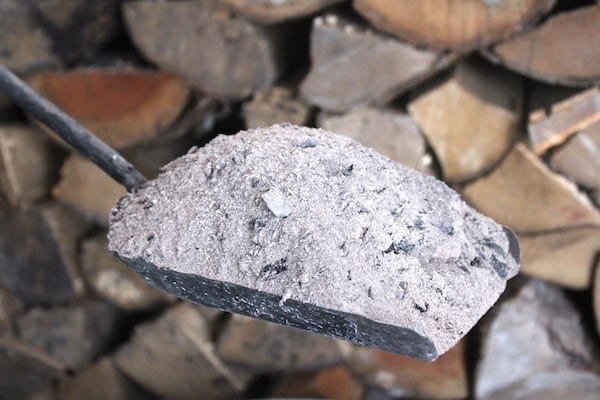
This method of soil treatment for snail farming is very easy to do.
The process is almost the same as that of method 1 above that involves the use of organic pesticides.
The only difference is that instead of applying organic pesticides to the soil, you will have to apply wood ash.
- After applying the wood ash, mix the soil thoroughly with a shovel and leave for 5 – 8 hours.
- The next thing you have to do is to scoop the soil from the mixing point into the pen.
- Spray some water on the soil and leave until the next day.
- On the next day, spray some more water on the soil again and then introduce the snails into it.
4. The use of hot boiling water
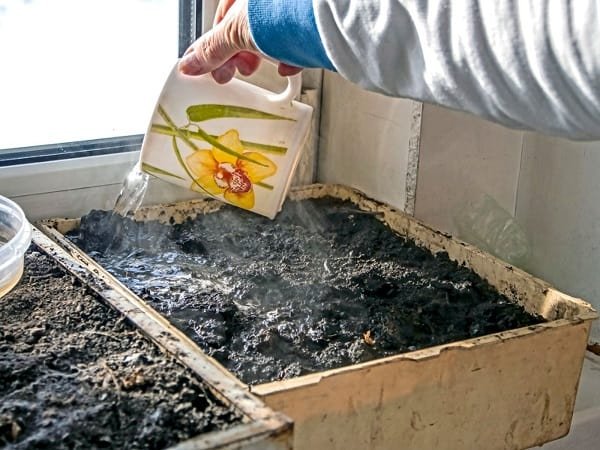
Treating the soil for snail farming using hot boiling water is also an efficient method of soil treatment.
Hot water can penetrate through the soil to kill any insect larvae or germs.
There are two ways of using hot boiling water to treat the soil and I will be showing you how to use the methods.
How to treat the soil for snail farming using hot boiling water [Technique 1]
This method of soil treatment is very cheap and easy to do. To treat the soil using hot boiling water, follow these steps;
- Get the necessary materials for the operation. You need firewood, a tripod, a very large pot or metallic drum, and some large plastic basins. You also need some sacks for the first technique of soil treatment using hot water.
- Gather some firewood and make a big fire with the tripod in place.
- Place the big pot or metallic drum on the tripod and fill it with water.
- While the water is heating up, fill loamy soil into the sacks until each bag is half full.
- When the water starts boiling, scoop some of the water into the plastic basins until they are ¾ full.
- Next, submerge each of the sacks containing loam soil into the hot water in the plastic basins.
- Let the soil stay in the basin for about 5 – 10 minutes.
- Remove the sack from the basin of hot water and then drain the water.
- Now your soil is as good as new. Offload the soil from the sacks into the pen and then introduce the snails when the soil becomes cool.
Technique 2 using hot water
The second technique of treating the soil with hot water involves the following steps.
- Instead of filling sacks with the loam soil, load the soil directly into each section of the snail pen.
- Next, using a large plastic bucket, scoop a large quantity of the boiling water and empty it directly into the snail pen.
- Close the pen after that and allow it to settle for 24 hours.
- Make sure you don’t pour too much water so that the soil can drain properly within 24 hours.
- If the soil is still waterlogged after 24 hours, allow it to stay for some more hours to ensure it’s conducive for the snails.
5. Bonus tip – Treat dried plantain/banana leaves before introducing them to the pen
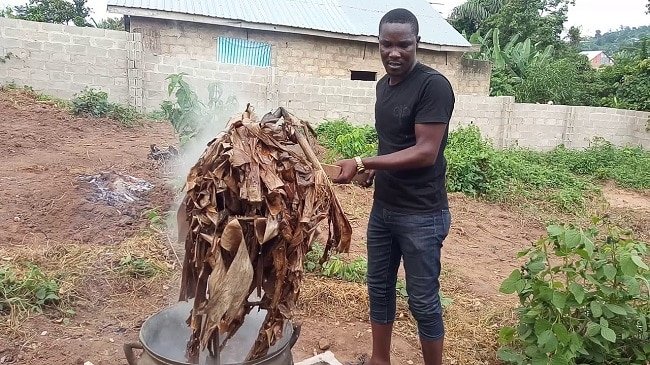
Even after treating your loam soil properly using the four methods above, you need to also treat the dried plantain/banana leaves. If you miss this process, you may render all your effort in soil treatment useless.
The reason for treating the leaves is that some insects often lay their eggs on the leaves. So, by introducing the leaves into the pen without treating them, you will be introducing the insect eggs and larvae as well.
In order to prevent this from happening, follow these steps to treat the dry leaves.
- Boil some water using a very large pot.
- While the water is still boiling on the fire, squeeze some leaves into the pot.
- Use a long stick to press and stir the leaves.
- Continue to stir until the hot water touches every part of the leave and makes it weak.
- After about 2 – 4 minutes of doing this, use the long stick to remove the leaves from the pot.
- Take the leaves to the pen area and spray them on the cover of the pen.
- Please, make sure there are no snails in the pens so that the dripping hot water does not affect them.
- After 20 – 30 minutes of spraying the leaves, clear them from the top of the pens and put them inside each pen.
Conclusion
As you already know, soil treatment is very important in snail farming. This article shows you the step-by-step process of treating the soil properly before stocking it with snails.
Just to give you a recap, here are the different ways to treat the soil for snail farming
- Use organic pesticides
- Treat the soil by heating it
- Mix the soil with wood ash
- Soak the soil with hot boiling water
- Finally, Treat the dried leaves before adding them to the pen
I hope these different techniques help you to better treat the soil for the snails.
So, I will like to know what you will do after now. Which of these methods are you going to start using immediately to treat your soil?
Are you going to use the heating method or the hot water technique? Let me know in the comment section below.
If this article was helpful to you, please click on the social media buttons on your screen to share it everywhere.
Thanks.
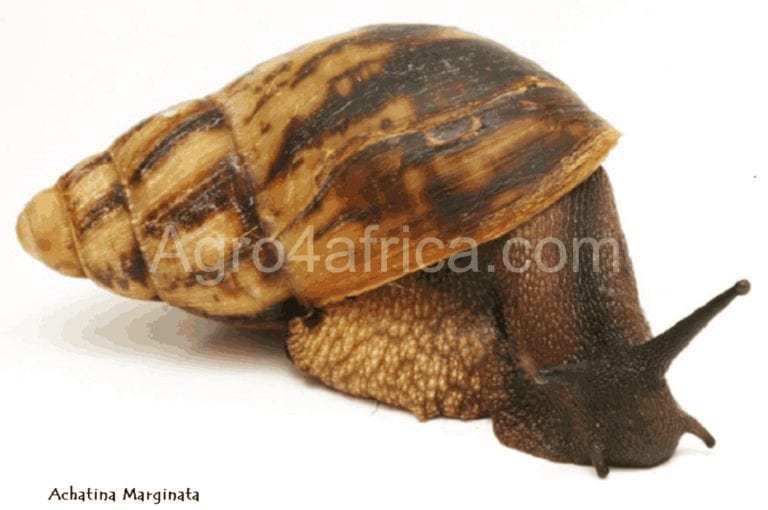
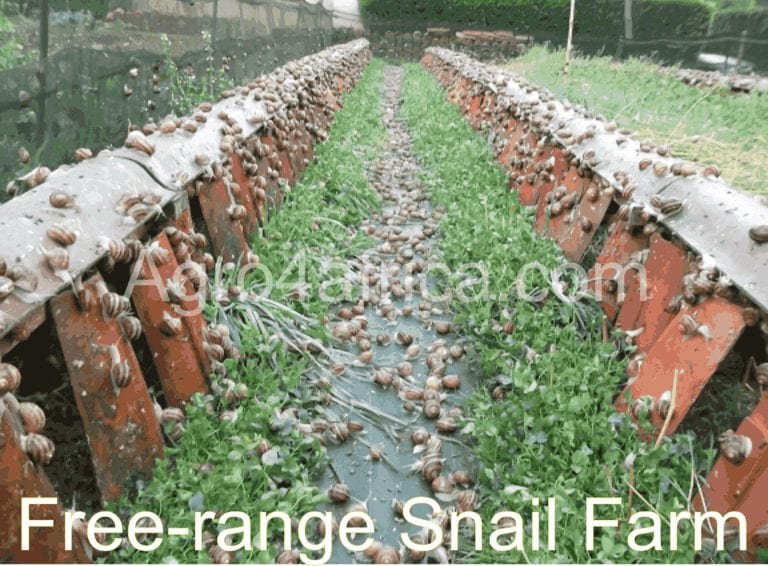
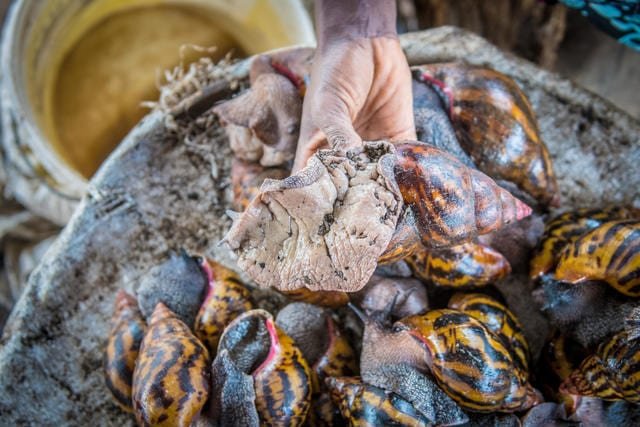
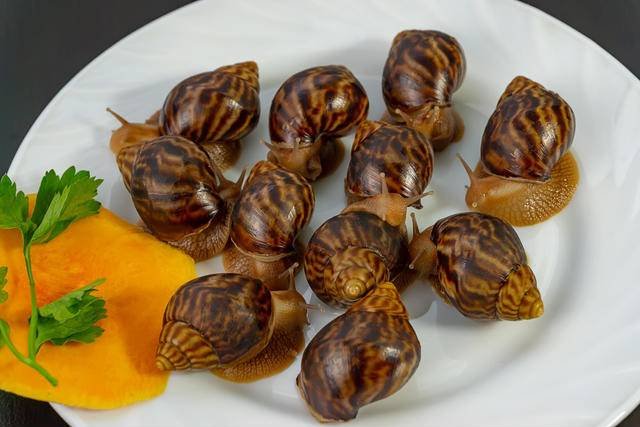

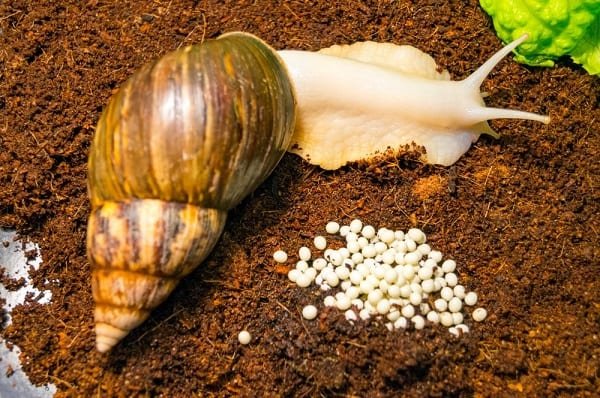
Wow! the information here is quite awesome. Tnx 4 d knowledge and ur golden heart. Plz want to know if it’s okay to combine two methods of soil treatment like; heating and mixing d soil with wood ash afterwards…?
That’s okay.
I learned that wood ash is used in the garden as it kills pests like snails and slugs. Going by this, is it still safe to use the wood ash method? But I also love it cos of its lime properties.
Thanks for the detailed information. I’ll prefer the hot water treatment. But is putting the plantain/banana leaves on the soul before introducing the snails compulsory?
Snail like to hide under the shade of the dried plantain leaves that’s why it is important to have it present in the pen before introducing the snails.
Good job! Please, what is the consideration when building the lid/cover (net) of a block pen?
Just make sure that all edges are sealed to prevent creeping insects from entering.
Leave a comment… thank you for your idea to help people,but sir can I rear snail in nourthan side
Sure, you can rear snails in the north. However, it has to be a closed system that you can easily maintain. Ensure that you have the right humidity in the snail pen and keep the snails away from heat. In all you do, ensure that you try to provide an environment that is close to the natural environment of snails. I wish you luck.
I want to start my own snail farm and I have learn a lot my problem now how to get a snail for commercial purposes ? Thanks
Send an email to agroforafrica(at)gmail(dot)com stating your location and the quantity of snails you want. You will get a reply as soon as possible. Cheers.
Thanks so much. Will try the heating method.
That would be great.
Impressive, Kudos! Nice piece of information and very helpful. God bless you! God bless Nigeria!
Very informative article on the right soil for snail farm and soil treatments.
Great!! Good to know that you found this article to be informative.
Thanks for this can snail be reared without introducing soil in the pen
Yes, that’s possible.
Thanks so much for this Educative and helpful information ,my site has some dwarf banana planted on it , how do I treat the banana plant to the root to prevent insects coming in from under the ground ?
I guess you have to settle with organic methods of treating the soil so that it does not harm the snails. Try neem oil and other organic insect repellants.
This is a good one, been trying to get this kinda detailed information on soil treatments, thanks so much. Please when is the best period to start the snail Farming, is it something one can start anytime of the year e.g January??
You can start at any time. But make sure to keep the snail pen conducive for the snails otherwise, they may hibernate.
GOOD DAY. PLEASE,HOW MANY POINT OF LAY SNAIL SHOULD BE IN 4 FEET BY 4 FEET BLOCK PEN. THANKS. AKINWALE.
Just use your discretion to know how many to put inside.
Meanwhile, that size of pen can house at least 50 POLs
Gud evening, pls about the dry plantain leaves. Hope its more effective for housing the snails. because I noticed my snails were dying. I had 52, 21 died whike using the soil method. so I decided to try the soilless
Watch this video to learn more about snail farming and how to set up your snail house. https://youtu.be/QCwQUcHbqQY?t=112
Thank you for the insightful information. Keep up the good work.
Samaila
Thanks, Samaila.
How do I recognize anchachatina snail
What this video from this point to learn how to identify each species of the giant African snails. https://youtu.be/QCwQUcHbqQY?t=3937
I love the 4 methods and they will be helpful, but i prefer the wooden ash method and the hot water method.
That’s great. They all work well.
how often do you treat a pen, i mean duration
It depends on the population of the snails in your pen and when you deem that the pen is dirty.
This can happen quarterly or every six months. But ultimately, you will need to replace the soil in the pen after 18 months.
I appreciate your free knowledge, it’s wonderful. Using the woodash method would be easy for. Thank you so so much.
You’re welcome.
this is quite educational. I have learnt and unlearnt a lot from the post. I would like to know if earthworms are good in the soil for the snails.
Not a problem.
Hello I have a lot of snails in my backyard I live in Ghana.. I wanted to find out if they can be reared….I have about 70 at the moment.
It depends on the type of snails you have. Not all are commercially viable, especially garden snails that are very rampant.
Pls I planted ugu and waterleaf,sweet potato inside the pan is dis a good idea
It’s awesome! The snails will feed on the leaves.
Good morning sir I want to start a snail farming and I planted ugu,waterless,Ad sweet potato inside the pan is dis a good idea.hope to hear frm u soon tnk u
Yes, it’s okay to plant those crops in the pen especially if you are using the free-range system of snail farming.
Can I use plastic rubber to rear snail because our house is water logged area and we are in raining season
Yes you can. But it will be more of person use than in commercial scale.
Just make sure the plastic is not under direct sunlight and the snails have enough air.
Please what will it cost to build a free range pen on half a plot of land and how many snails are we likely to have at full capacity.
Cost of items vary with location.
You can send an email to [email protected] for a custom quotation.
Plz how do I get a good species of snail and their names.
The best species of snail for commercial snail farming is the Archachatina marginata.
Send an email to [email protected] to place an order of over 200 pieces of snails or buy from a snail farmer near you.
The boiling water treatment is ok 4 me. Thanks
You are welcome.
I think so too. It’s so much easier than the rest.
Please I’ll like to know if snails eat Dongoyaro leaf, because i have the leaves available in my Snail farm. Thanks
Please, don’t feed snails dogonyaro (neem leaves). Although, you can use it to treat the soil.
Thank you for the insight.i sent you an email on how to get the best specie snailsfor rearing. Thank you
Please, confirm that I have replied.
I always love the way you give information thanks so much. why don’t we get the same information in WhatsApp group chat? Have ask two questions now that is been ignored. Thanks for the good job you are bless sir.
Thanks for the compliment, Betty.
About the replies on WhatsApp, it’s probably because we didn’t see the question.
Thanks.
Thanks for the tips and I wld be using the heat method of boiling water..
Cool. That’s very nice